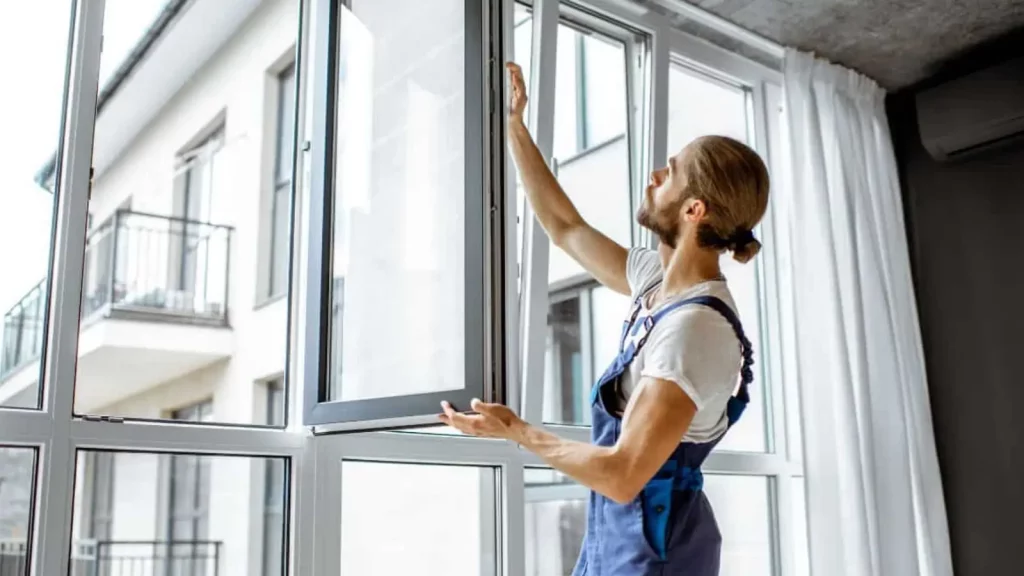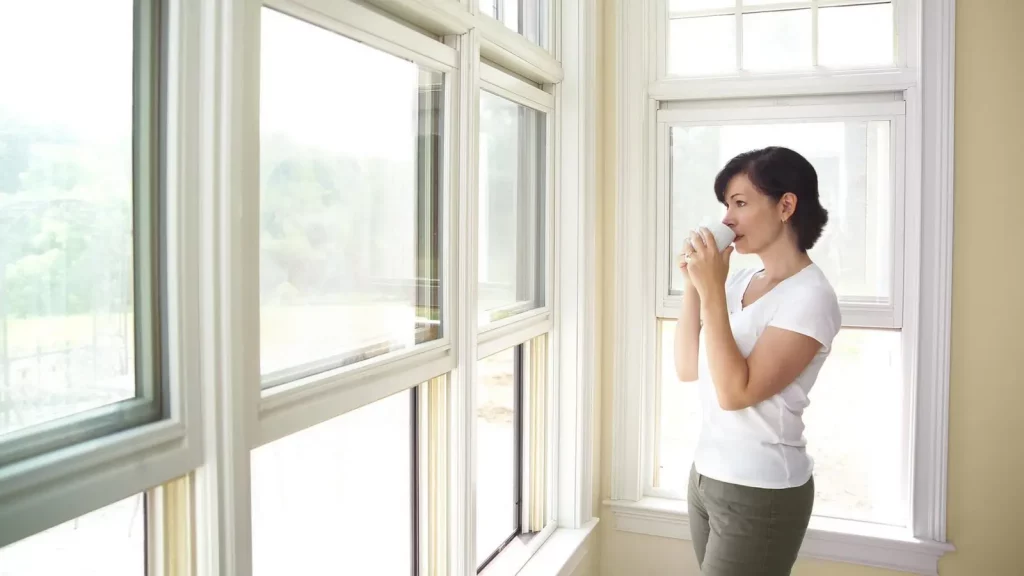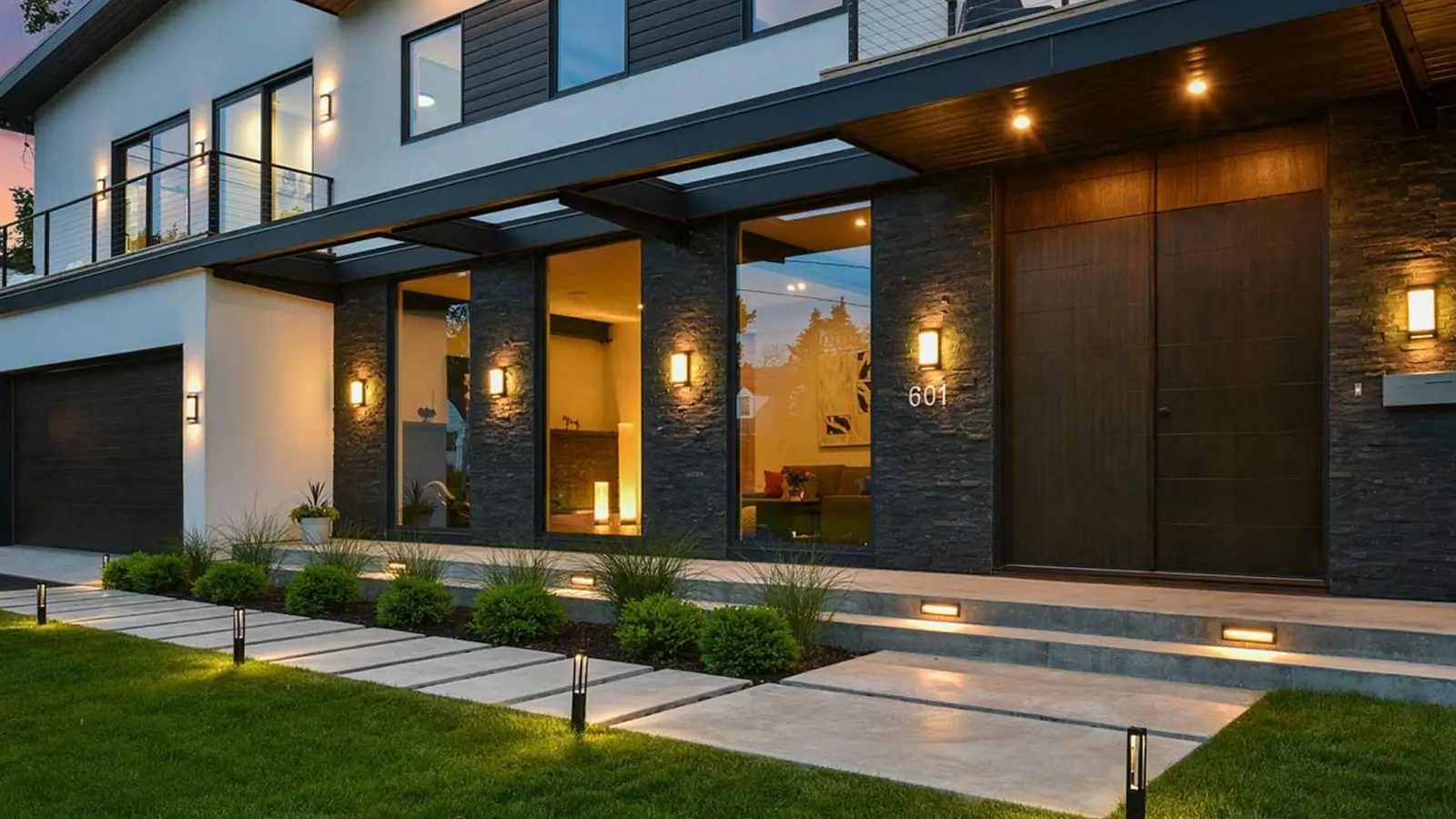The demand for uPVC windows in Australia has surged in recent years, as homeowners and builders recognise their durability, energy efficiency, and modern appeal. Unlike traditional timber or aluminium windows, uPVC (unplasticised polyvinyl chloride) windows offer a cost-effective and sustainable alternative that requires minimal maintenance while delivering superior thermal insulation. Whether you’re building a new home or replacing outdated windows, understanding the advantages of uPVC can help you make an informed choice.
What Are uPVC Windows?
uPVC windows are made from a rigid, weather-resistant plastic that does not warp, rot, or corrode, making them ideal for Australia’s varying climate. Unlike traditional materials, uPVC is non-conductive, meaning it does not absorb or transfer heat, ensuring better indoor temperature control.
How Do They Differ from Traditional Window Materials?
- uPVC vs. Timber Windows: While timber windows offer a classic look, they require regular upkeep, including painting, sealing, and protection from moisture-related damage. uPVC windows, in contrast, are completely weatherproof and need only occasional cleaning.
- uPVC vs. Aluminium Windows: Aluminium windows are strong and lightweight but conduct heat, reducing their insulation properties. uPVC frames provide better thermal efficiency without compromising on durability or strength.
Benefits of Choosing uPVC Windows

1. Energy Efficiency
One of the standout advantages of uPVC windows is their exceptional thermal insulation. With a multi-chambered frame design and double-glazing compatibility, these windows significantly reduce heat transfer, keeping homes cooler in summer and warmer in winter. This leads to lower energy bills, as heating and cooling systems require less effort to maintain comfortable indoor temperatures.
2. Low Maintenance
Unlike timber windows, which need regular sanding, painting, and sealing, uPVC windows are virtually maintenance-free. They do not fade, rust, or deteriorate over time. A simple wipe-down with soapy water is enough to keep them looking new for years.
3. Aesthetic Appeal
Modern uPVC windows are available in a variety of colours, textures, and finishes, allowing homeowners to customise their look without compromising on performance. Options include classic white, woodgrain textures, and contemporary dark shades like anthracite grey, making it easy to match any home style.
How to Choose the Right uPVC Windows

1. Consider Your Design Preferences
uPVC windows come in multiple styles, including:
- Casement windows – Ideal for maximum ventilation.
- Sliding windows – Space-saving and easy to operate.
- Tilt & turn windows – Offer flexible ventilation and enhanced security.
2. Choose the Right Glazing
Double-glazed uPVC windows provide better insulation and noise reduction, making them ideal for both urban and suburban homes. Triple glazing is also available for enhanced thermal and acoustic performance.
3. Look for Quality Certifications
To ensure long-lasting performance, check for industry certifications that guarantee high-quality materials and energy efficiency standards. Products from trusted manufacturers like Blue Sky Windows meet rigorous Australian energy and performance requirements.
uPVC windows are a smart, stylish, and long-term investment for any homeowner looking to improve comfort, energy efficiency, and security. With their durability, low maintenance, and customisable designs, they are an ideal choice for modern Australian homes.
Ready to upgrade your home’s windows? Explore the range of uPVC windows at Blue Sky Windows and experience the benefits of cutting-edge window technology.






